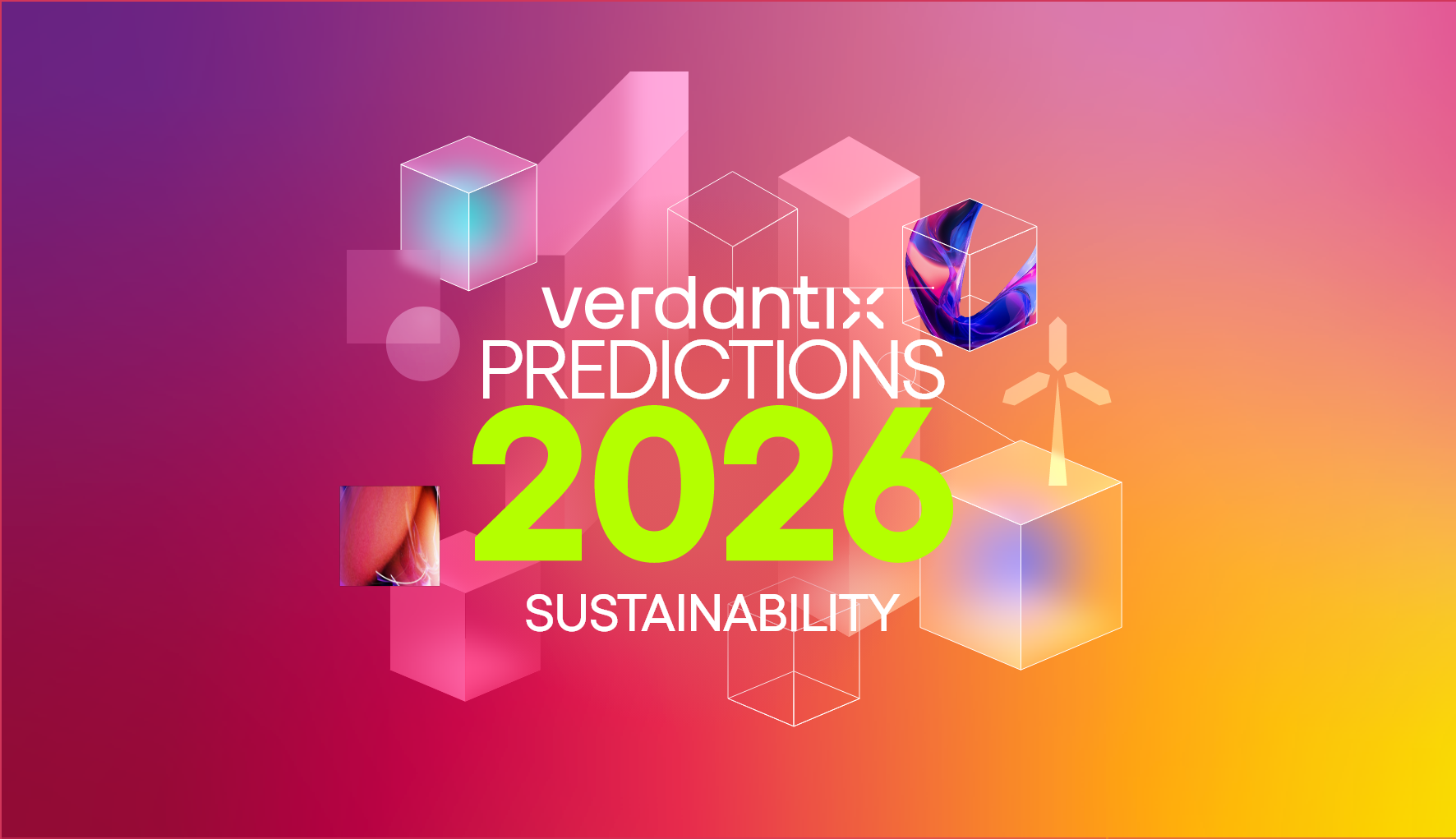CSOs Need To Reassess The Sustainability Ambition Of Execs And Board Directors
Policy changes in the US and regulatory changes in the EU have created a feeling of uncertainty for chief sustainability officers (CSOs), as well as the solution providers they rely on. How will boards react to proposals for investing in net zero plans? What are customers’ expectations for more sustainable solutions? If execs have decided to delete ESG and DEI terminology from external communications does this mean the activities should be terminated? Will the Board shoot down an ambitious – and costly – plan for circular product design? Do real climate risks like the tragic fires in LA County and northern Japan have any impact on corporate thinking? Cutting through the uncertainty requires CSOs to reassess the ambition of the executive team and board.
Verdantix has recently updated its segmentation of sustainability strategies, which is based on our annual survey of 400 heads of sustainability and dozens of best practice case studies. We now see six tiers of ambition in the market:
#1 Sustainability opponents. Executives who have opposed sustainability policies and ESG reporting have a supportive policy environment in the US. Their numbers are growing. Even in Europe, firms like VW have presented a positive corporate sustainability strategy while, according to institutional shareholders, they have lobbied against green policies behind the scenes.
#2 Voluntary reporting and empty pledges. There continues to be a group of executives who are willing to make commitments to, for instance, waste management targets, but refuse to fund programmes to achieve those goals. Their numbers are shrinking in the US because sustainability PR is out of favour. Their numbers are also falling in Europe as regulators crack down on greenwashing and operational sustainability programmes take the limelight.
#3 Efficient compliance. Firms face dozens of sustainability compliance requirements – or hundreds if you include EHS rules – and this has created a cohort of executives who aim to minimize compliance costs. In the US, fewer execs need to sign up to this view as ESG regulations are being swept aside. In the EU, the changes in the threshold for CSRD compliance have taken mid-market and lower enterprise firms out of this category.
#4 Stakeholder alignment. In certain industries, such as life sciences, mining and agricultural products, executives’ sustainability ambition is influenced by key customers or supply chain risks. They can’t make a unilateral decision not to invest in sustainability if their largest customers, such as the UK’s National Health Service, make it a pre-requisite – or if their suppliers are impacted by severe weather. These firms have to achieve compliance and go significantly beyond. The group of executives and board directors who take a stakeholder alignment view is growing.
#5 Competitive advantage. Other executives – and more often board directors – take a long-term view of the risks and opportunities that face their business. Rather than responding to policy changes in a couple of jurisdictions, they set their ambition based on long-term scenarios and tie that back to short-term upside and risk mitigation. The commercially-focused sustainability strategy of Kerry Group, the Ireland-headquartered nutrition products supplier, is a great example. By 2028, firms with a sustainability strategy geared to achieve long-term competitive advantage will demonstrate the value of their approach compared with organizations run by sustainability opponents and empty pledgers.
#6 Industry transformation. Firms like Beyond Meat and Impossible Foods are led by executives with a mission to transform their industries. These mission-driven firms have sustainability goals baked into their product offerings, culture and business models. There is no uncertainty in terms of strategy. The question at present is how many executives in the US and EU would be comfortable advocating for transformation given the political backdrop. How many investors will back these ambitious businesses?
Now is a great time for CSOs to reassess the ambition of executives and board directors, which can be done via a series of one-to-one meetings. Solution providers should do the same to understand the sentiment towards sustainability investments. In 2025 and 2026, moderate-sized projects aligned with core business risks and opportunities will gain the most traction. Unless the support is there, this is not a time to pitch blue ocean strategy projects.
About The Author

David Metcalfe
CEO and Co-Founder





